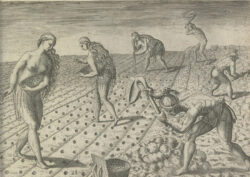Art
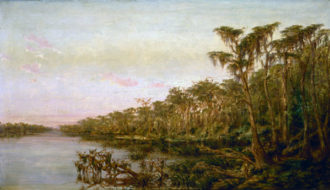
Marshall Joseph Smith Jr.
Marshall Joseph Smith, Jr., a landscape and genre painter, is also credited as the founder the carnival organization Proteus, for which he designed parades and tableaux.

Marshall Joseph Smith, Jr., a landscape and genre painter, is also credited as the founder the carnival organization Proteus, for which he designed parades and tableaux.
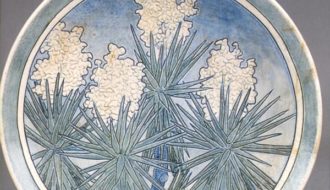
Designer Mary Sheerer was a major influence on Newcomb Pottery, an art form she once described as "made of Southern clays, by Southern artists, decorated with Southern subjects."
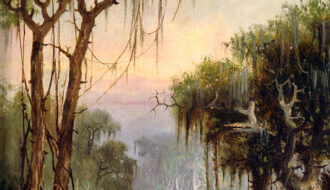
Artist Meyer Straus, a leading theater scenery painter, also produced masterful landscapes during his time in Louisiana.

The subjects of New Orleans photographer Michael P. Smith's works include the New Orleans Jazz and Heritage Festival, individual musicians, brass bands, jazz funerals, social aid and pleasure club parades, and spiritual churches.
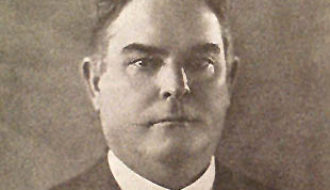
Former Louisiana senator Oramel Simpson became the state's governor following the death of Henry Fuqua in 1926.
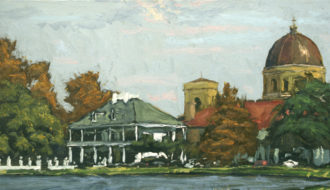
New Orleans artist Phil Sandusky describes his subject matter as "mundane" and "ordinary"–a shotgun house, cars parked on narrow streets, a sidewalk busy with shoppers.

A native of the Atchafalaya Basin, master boat builder Raymond Sedatol constructed traditional watercraft such as pirogues and rowing skiffs in the manner of his Cajun ancestors.

Richard Sexton, a nationally recognized photographer, writer, book publisher, and teacher, lives and works in New Orleans.
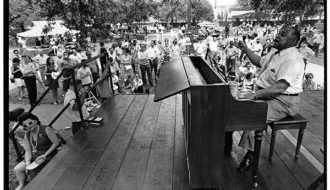
Barrelhouse pianist Roosevelt Sykes's style mixed rural and urban influences in bravura performances that some popular music historians consider the foundation for all modern blues piano.

Major League Baseball player Rusty Staub was raised in New Orleans and attended Jesuit High School before being becoming one of the New York Mets; most popular players and a six-time All-Star.
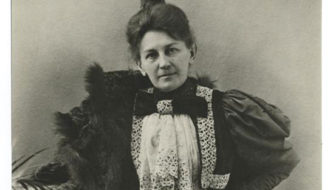
Ruth McEnery Stuart was one of the most prominent Louisiana writers of short stories and poetry in the late nineteenth century.
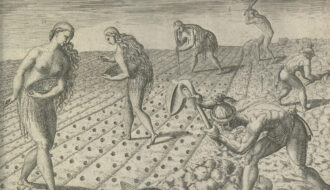
Entry describes sagamité, a range of cornmeal-based soups, stews, and porridges with Native American origins that became a common component of French colonial cuisine.
One-Year Subscription (4 issues) : $25.00
Two-Year Subscription (8 issues) : $40.00
